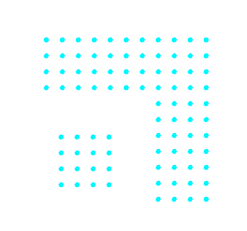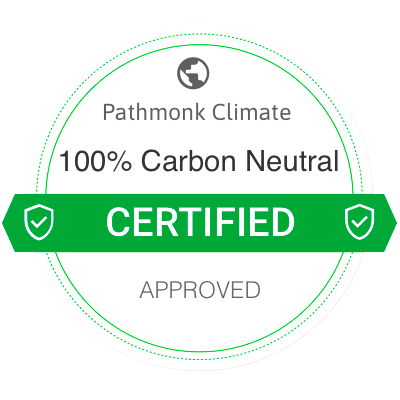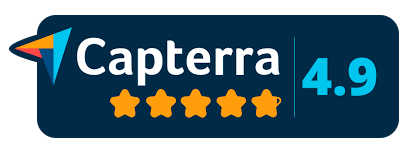Digital advertising has never been more sophisticated, or more treacherous.
In 2025, marketers are grappling with an uncomfortable paradox: budgets have never been higher, but returns have rarely looked so uncertain. The platforms promise smarter automation, richer targeting, and frictionless scaling. Yet behind the dashboards, a different story is unfolding: skyrocketing costs per click, eroding signal quality, creative burnout, and attribution models so fragmented that even seasoned teams can’t tell what’s working.
It’s not that ads have stopped working altogether. It’s that the combination of rising competition, opaque optimization algorithms, and the collapse of reliable tracking has pushed performance marketing into a zone where incremental spend often produces diminishing—or even negative—returns.
This is a structural shift in the economics of paid media. If you’re still treating ads like a lever you can pull harder to drive predictable growth, you’re likely pouring money into a hole you can’t see the bottom of.
In this article, we’ll break down why ads in 2025 have become such a precarious investment, what’s changed beneath the surface, and how you can protect your business from wasting budget chasing results that never materialize.
Table of Contents
The economics have shifted, and not in your favor
It’s tempting to believe that rising ad costs are just a temporary side effect of more brands piling into digital channels. But the reality is more complicated, and more permanent.
Over the last five years, the economics of paid media have fundamentally changed. Platforms like Google, Meta, and TikTok are auction-based marketplaces, which means every advertiser competes for finite inventory. As budgets flood in, the average cost per thousand impressions (CPM) and cost per click (CPC) inevitably climb. And they have: in many industries, CPCs are up 30–60% since 2020, with no sign of leveling off.
But it’s not just higher prices. It’s that your money buys you less certainty. Automation layers—smart bidding, advantage+ campaigns, performance max—are designed to smooth out volatility. In practice, they also mask it. You’ll see neat dashboards telling you your campaigns are “learning” and “optimized,” while the real cost of reaching qualified prospects creeps upward in the background.
The other factor driving diminishing returns is saturation. Even if your targeting is dialed in, audiences quickly tire of seeing the same offers. Frequency goes up, engagement goes down, and the incremental value of each additional dollar shrinks. You’re effectively paying more to get in front of the same people, who are less likely to click than they were last month.
It used to be that scaling a campaign was as simple as increasing budget. Today, scaling often just accelerates the decay curve. The math has changed, and so has the margin for error. Many brands don’t realize this until they’ve already burned through tens of thousands chasing last year’s performance benchmarks.
This is the new baseline: higher costs, thinner margins, and no guarantee that what worked yesterday will work tomorrow. And unless you’re prepared to adapt, the economics will keep working against you.
Generate better leads to grow your sales
Discover new strategies to unlocking a flood of high-quality leads from your website.
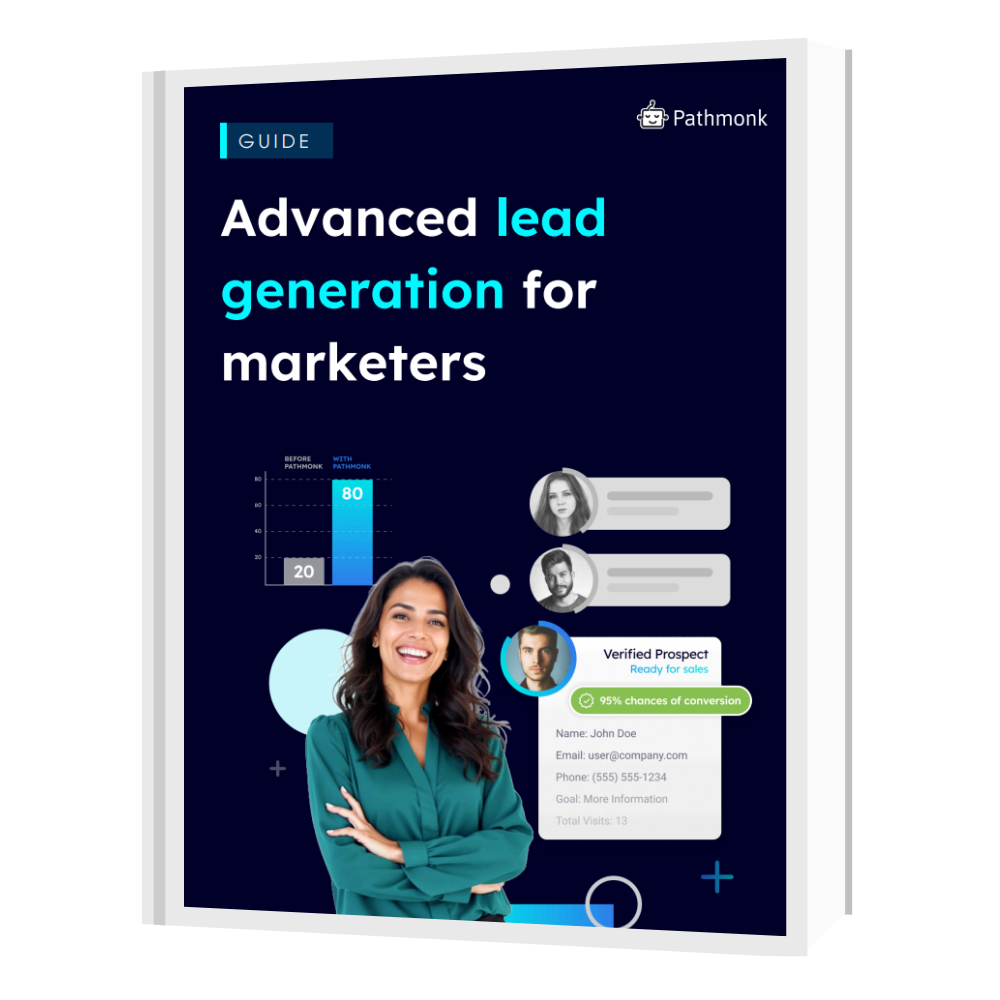
Platforms are optimizing for themselves
One of the most misunderstood dynamics in digital advertising is who the platforms are really optimizing for. On the surface, it looks like your interests and theirs are perfectly aligned: you want conversions, they want you to spend more to get them. But the reality is more nuanced, and less reassuring.
Take smart bidding as an example. Google’s automated strategies promise to set the perfect bid for every auction, factoring in hundreds of signals you’d never see manually. In theory, this should deliver better efficiency and scale. In practice, it often feels like handing your wallet to a casino dealer and trusting they’ll stop when you’ve hit your targets.
The incentives simply don’t match. Platforms are rewarded when you spend more, not necessarily when you earn more. Their revenue grows every time your daily budgets increase or your bids creep up by a few cents. And because the systems are largely opaque—“machine learning” black boxes that don’t disclose exactly how decisions are made—there’s little accountability if performance slips.
Meta’s Advantage+ shopping campaigns are another example. They consolidate audiences, placements, and creative into a single automated package, removing much of your control. That sounds convenient until you realize you can no longer isolate what’s working and what’s waste. When your results flatten or decline, you’re left guessing whether it’s creative fatigue, audience saturation, or the algorithm quietly testing segments that don’t convert.
This isn’t to say that automation is inherently bad. For small teams without in-house expertise, it can be a lifeline. But for most brands, relying blindly on platform-managed bidding and targeting is the fastest way to lose strategic leverage, and watch costs spiral without clear explanations.
If you’re serious about protecting your margins, you need to question the narrative that automation is always optimization. Because in 2025, the platforms are playing their own game, and it doesn’t always end with you winning.
Increase conversions from your PPC campaigns
Achieve high-converting campaigns with personalized website experiences
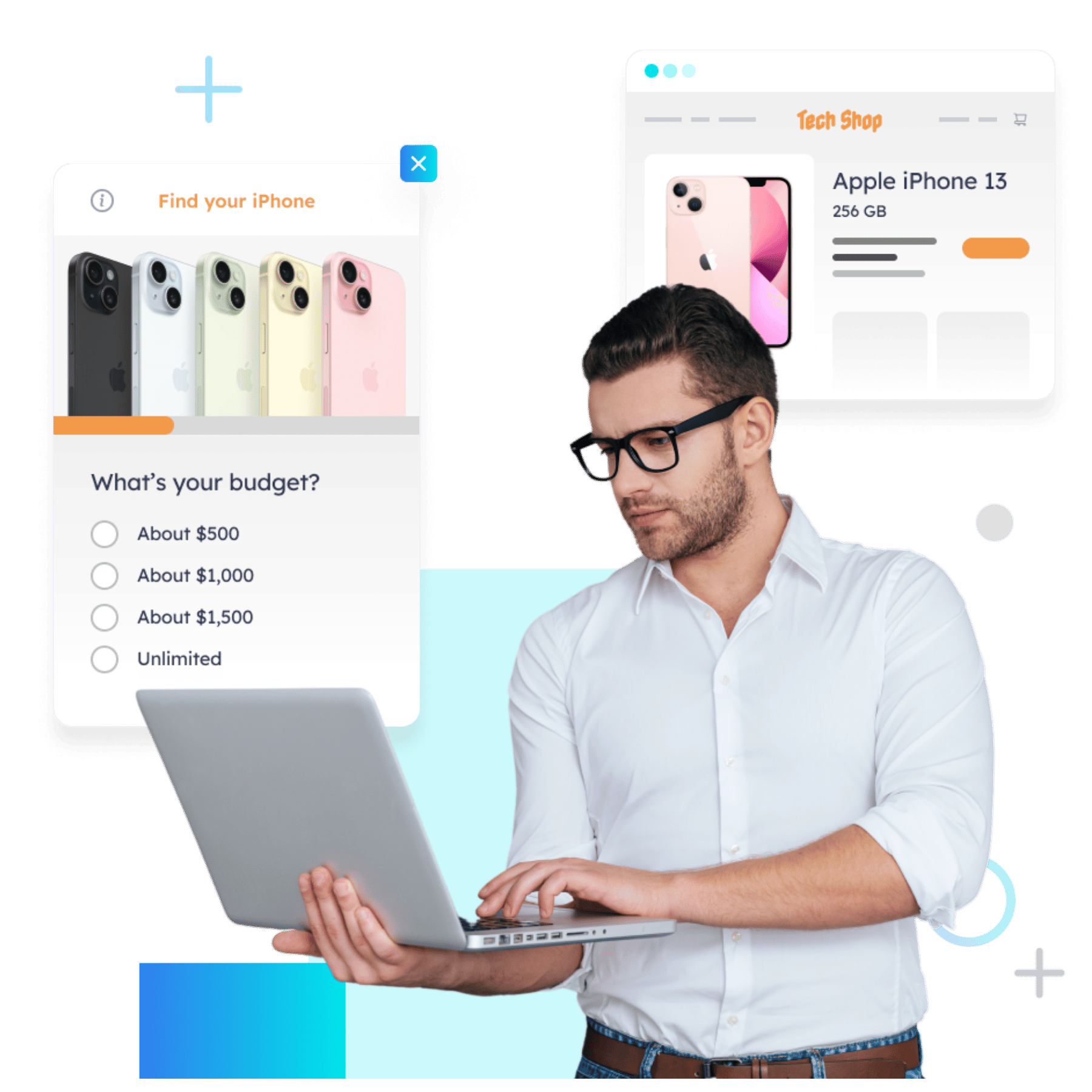
Tracking is broken (and it’s only getting worse)
If you feel like your campaigns are harder to measure than they used to be, you’re not imagining it. Over the last few years, the entire ecosystem of tracking and attribution has been steadily dismantled.
It started with Apple’s iOS privacy updates, which effectively kneecapped deterministic tracking for a huge chunk of mobile users. Suddenly, remarketing audiences shrank, and conversion paths became black holes. Then came stricter GDPR enforcement in Europe, cookie deprecation in Chrome, and an accelerating global push for consumer privacy that left marketers with a shrinking pool of reliable data.
In 2025, even the best-funded brands can’t stitch the picture back together. You can build sophisticated server-side tracking setups and invest in advanced attribution tools, but no solution fully restores the clarity we had a decade ago. Multi-touch attribution models are fragmenting under data loss, while last-click attribution—never a perfect framework—has become almost useless in isolation.
This isn’t just a technical inconvenience. It’s an existential problem for performance marketing. When you can’t confidently connect spend to outcomes, you’re forced to operate on faith, or on platform-reported conversions that often overstate impact.
The result is that marketers overpay for impressions and clicks they can’t definitively link to revenue. Budgets get allocated based on partial signals, gut feelings, and dashboards engineered to look reassuring. All the while, the gap between reported conversions and actual business impact quietly widens.
If you want to understand why ads are draining more budget in 2025, start here. You’re not just paying higher CPMs. You’re also paying for the privilege of flying blind.
Understand your customer journey analytics
See how your users behave, find drop-offs, and receive actionable insights with AI.
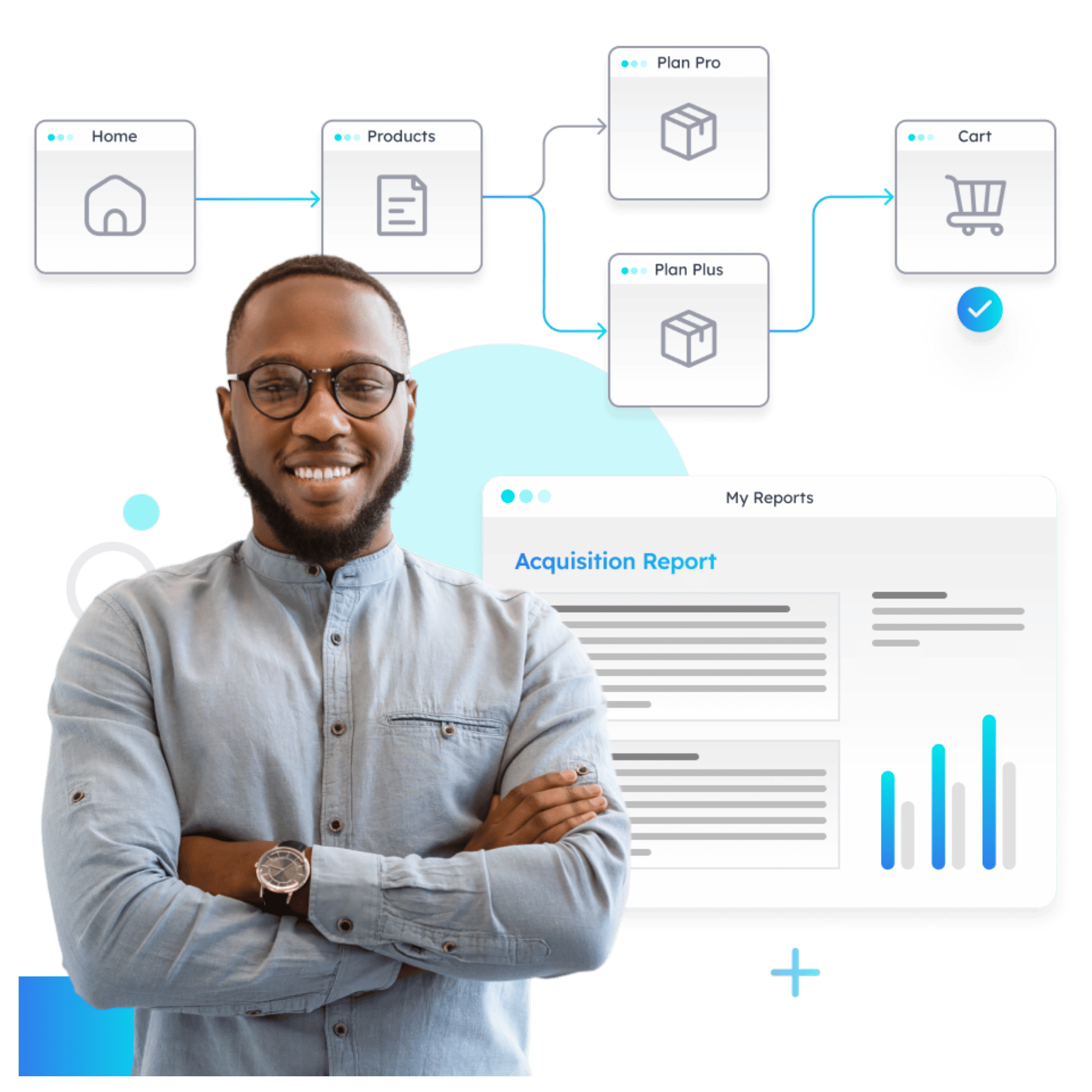
The creative arms race you can’t win
Even if you manage to swallow the rising costs and patch together some version of tracking, there’s another force working against you: the relentless speed at which ad creative burns out.
In 2025, the lifecycle of a high-performing ad is shorter than ever. Algorithms optimize aggressively for engagement, which means your best assets get shown to the same audiences over and over, accelerating fatigue. What used to be a three-month window before performance tapered off can now collapse in a matter of weeks—or days—especially in competitive categories.
That decay isn’t just a performance problem, It’s an operational one. To stay ahead, you need a pipeline of fresh creative: images, videos, headlines, hooks. For many teams, that means scaling design resources, investing in iterative testing frameworks, and diverting budget that might otherwise fund growth initiatives.
And while AI-generated creative can help with volume, it doesn’t necessarily solve the problem of authenticity. Feeds are now saturated with content that feels generic and transactional—glossy but empty. Consumers notice. Engagement drops. Trust erodes.
What you’re left with is a treadmill: constantly producing more just to maintain the same level of performance. The creative arms race isn’t something most brands can opt out of. But it’s worth understanding that the treadmill has an ever-steeper incline—and staying on it eats time, budget, and focus that could be invested in more durable marketing channels.
This is the part no platform sales deck will tell you: creative excellence is table stakes, and even the best ads have a fleeting half-life. In the race to keep pace, many brands exhaust themselves long before they find sustainable returns.
The scaling fallacy
One of the most persistent myths in advertising is that scale naturally produces efficiency. It feels intuitive: if you find a campaign that works at $10,000 a month, why wouldn’t it keep working at $50,000 or $100,000?
But in practice, scaling spend often exposes the brittle reality of paid media. As budgets grow, two things usually happen. First, you saturate your warmest, highest-intent audience segments. You’re no longer just reaching the people most predisposed to buy, you’re paying to show ads to colder prospects who need more convincing, or who were never a good fit in the first place.
Second, you trigger bidding dynamics that inflate your costs. Algorithms interpret budget increases as a signal that you’re willing to pay more to capture the same clicks and impressions. In auction-based marketplaces, that means you quickly hit a point where each additional dollar yields a fraction of the return you saw early on.
It’s not that scaling never works. But the assumption that more budget equals proportionally more revenue is increasingly unreliable. The incremental cost of acquiring the next customer can be dramatically higher than the last. In some cases, scaling simply accelerates the decline in efficiency, especially when the creative is already nearing fatigue or the targeting signals are compromised by privacy constraints.
If you haven’t modeled diminishing returns and tested incrementality before expanding spend, you’re gambling with margins you may never recover. And in 2025, when every platform is more expensive and less transparent, that gamble is riskier than most brands can afford.
Scaling isn’t the problem. Scaling without understanding where your returns actually flatten—or reverse—is how ads become a money pit.
What’s actually working: smarter acquisition strategies
If all this sounds bleak, it’s because the challenges are real. But it doesn’t mean the answer is to stop advertising or abandon digital altogether. What’s changing is the mindset: growth isn’t about pouring more budget into the same leaky funnel. It’s about building a system that captures and converts the traffic you already have, because you can’t count on getting more of it cheaply.
In the past, when ad costs spiked, marketers turned to organic search as a counterbalance. But in 2025, even SEO is under pressure. Large language models and AI search assistants are intercepting queries before they ever reach your website. Instead of clicking through to your carefully optimized pages, users get summarized answers—and recommendations—directly in Perplexity, ChatGPT, or Gemini.
That doesn’t mean content marketing is pointless. But it does mean that acquisition alone can’t be your strategy. You can’t control where people start their research, or how much of it happens inside AI tools. You can control what happens when someone finally lands on your site. And that’s where conversion rate optimization has become one of the highest-leverage investments a business can make.
Why? Because if you can turn 2% of visitors into leads instead of 1%, you effectively double the value of your traffic without spending more to get it.
How to avoid the money pit with CRO
The simplest way to look at it: traffic is getting harder to buy, and attention is getting harder to keep. You can spend months fine-tuning targeting and creative, but if your website experience is static, you’re still leaving most of that investment on the table.
But that’s why we created Pathmonk. Think of it as your CRO ally, sitting between your acquisition spend and your pipeline, making sure you don’t lose qualified visitors in the handoff.
Instead of serving the same content and calls to action to everyone, Pathmonk runs in the background, constantly analyzing micro-behaviors—scroll depth, dwell time, navigation patterns—and mapping them against thousands of intent data points. The system doesn’t just guess what a visitor might want. It uses predictive models to determine their most likely next step and dynamically adapts your site in real time to guide them there.
Increase +180%
leads
demos
sales
bookings
from your website with AI
Get more conversions from your existing website traffic delivering personalized experiences.
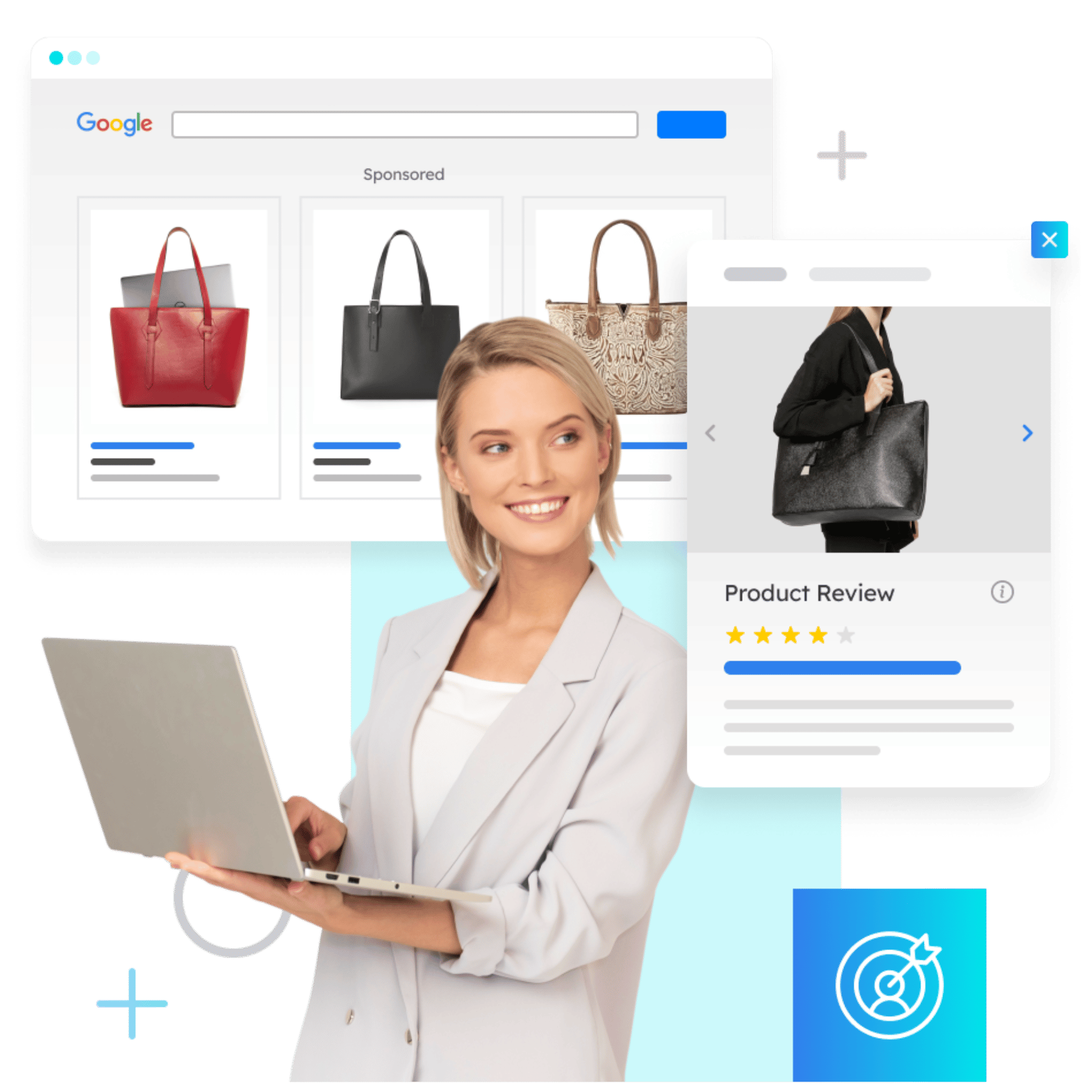
For example, if someone lands on your pricing page on their third visit and hesitates for more than 30 seconds, Pathmonk can trigger a targeted prompt, maybe an incentive to book a demo. If another visitor is early in the funnel—reading educational content—Pathmonk can highlight resources that build trust instead of pushing for a conversion too soon.
That way, you can:
- Convert more of your existing traffic without increasing budgets
- Reduce bounce rates where they hurt you most
- Shorten time-to-lead with interactions that feel relevant, not intrusive
Most importantly, you’re taking control back from platforms that profit when you stay dependent on ever-increasing ad spend. If you’re serious about not wasting money in 2025, you need a conversion strategy as advanced as your acquisition strategy.
Pathmonk is purpose-built for exactly that: translating each click you pay for into a higher probability of revenue. Because in this environment, better conversion isn’t a nice-to-have—it’s the only lever that consistently improves your economics.
How e-commerce Alara Jewelry increased 498% sales from PPC by focusing on CRO
Alara Jewelry was spending heavily on PPC campaigns across Google and social to drive qualified traffic. But despite the investment, their conversion rate was stuck below 0.2%. The ads were working—clicks were coming in—but nearly everyone left without buying.
Instead of pouring more budget into acquisition or redesigning their site, Alara used Pathmonk to transform the post-click experience. Pathmonk detected each visitor’s intent in real time and personalized the journey dynamically: welcoming videos for new users, testimonials for comparison shoppers, and exclusive offers for high-intent visitors.
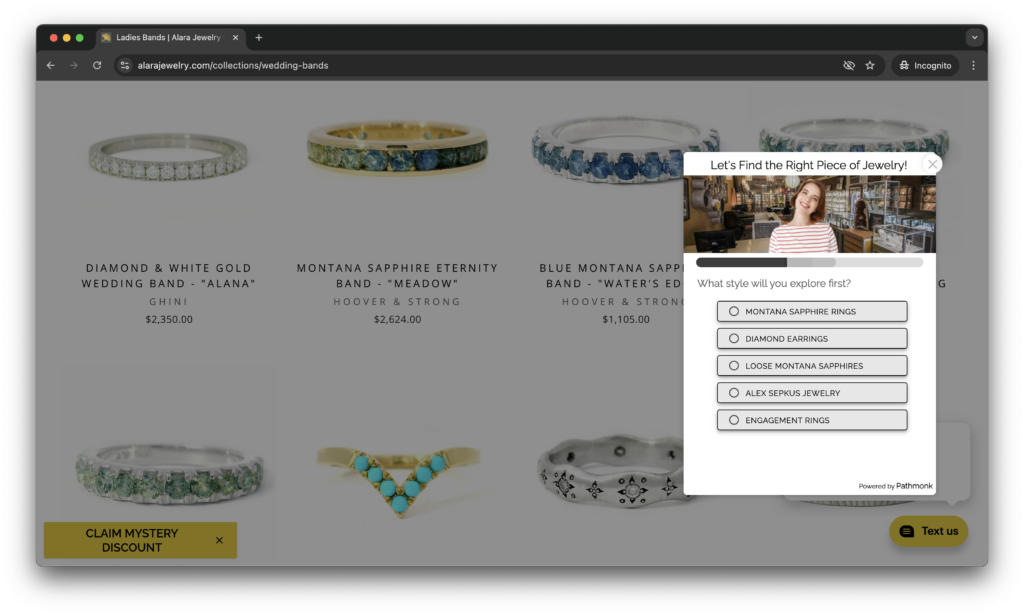
The impact was clear. With no change to their PPC spend, Alara’s conversion rate jumped by +498%, from 0.18% to 1.08%. Increasing 0.90% might not sound like a lot on paper, but their traffic volume was high, so this improvement translated into hundreds of additional purchases without any extra ad spend.
A controlled A/B test showed the personalized experience consistently outperformed the default site across all funnel stages.
The takeaway is simple: if you’re paying for every click, you can’t afford a generic experience after the ad. In 2025, CRO isn’t an add-on: it’s the lever that makes your PPC investment actually pay off.
Conclusion: rethink what success looks like
If there’s one thing 2025 has made clear, it’s that the old playbook doesn’t work anymore. You can’t keep throwing more budget at ads and expect predictable returns. The economics have changed, the platforms have changed, and buyer behavior has changed.
But this isn’t all bad news. In some ways, it’s an opportunity—because most companies are still operating as if more spend automatically equals more growth. When you recognize that’s no longer true, you’re free to build a strategy that actually makes sense in this environment.
That starts with being honest about your numbers. Are you really getting incremental conversions—or just paying for clicks you would have gotten anyway? Are you measuring what matters—or what looks good in a dashboard?
And it continues with rebalancing how you think about growth. Instead of obsessing over cheaper traffic (which doesn’t exist), focus on making the most of every visitor you attract. That’s where conversion rate optimization becomes your biggest advantage—and where platforms like Pathmonk help you move from guesswork to intelligent, real-time adaptation.
Because if you want to protect your margins in 2025, you don’t need to spend more. You need to convert better.

